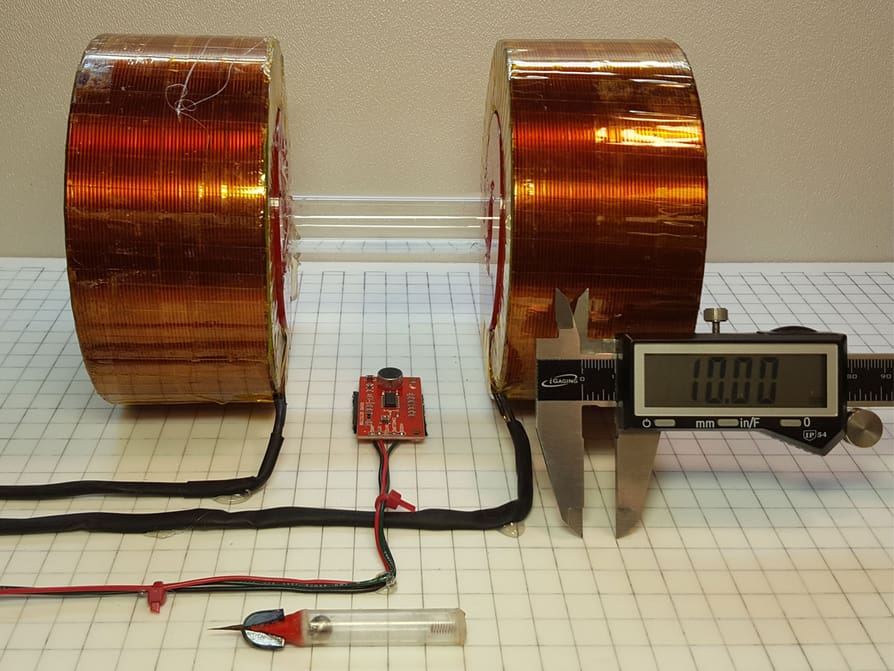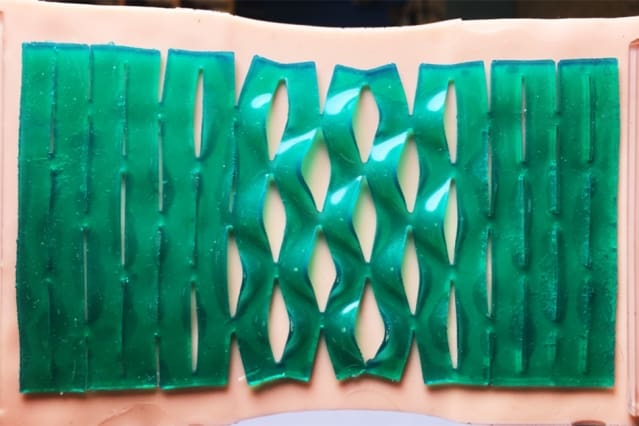
Researchers at Washington State University find that natural cures combined with biomedical devices prompt bone health, growth. In this case, 3D printed ceramic bone scaffolds coated with curcumin, a compound of the spice turmeric.
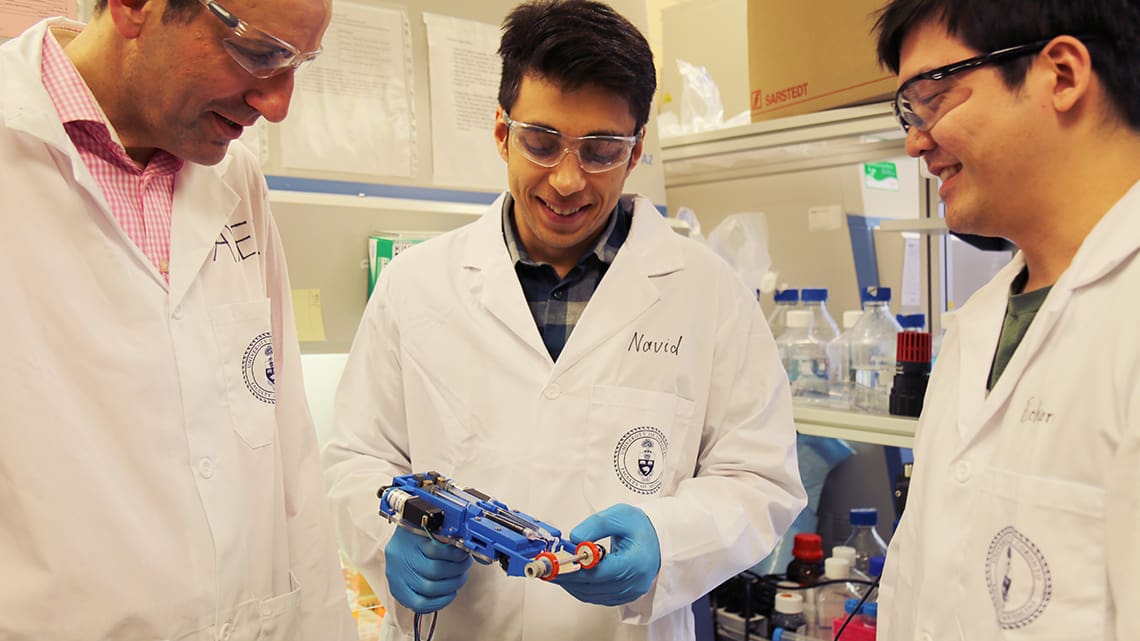
Researchers at the University of Toronto have developed a portable 3D skin printer that can repair deep wounds in two minutes or less.
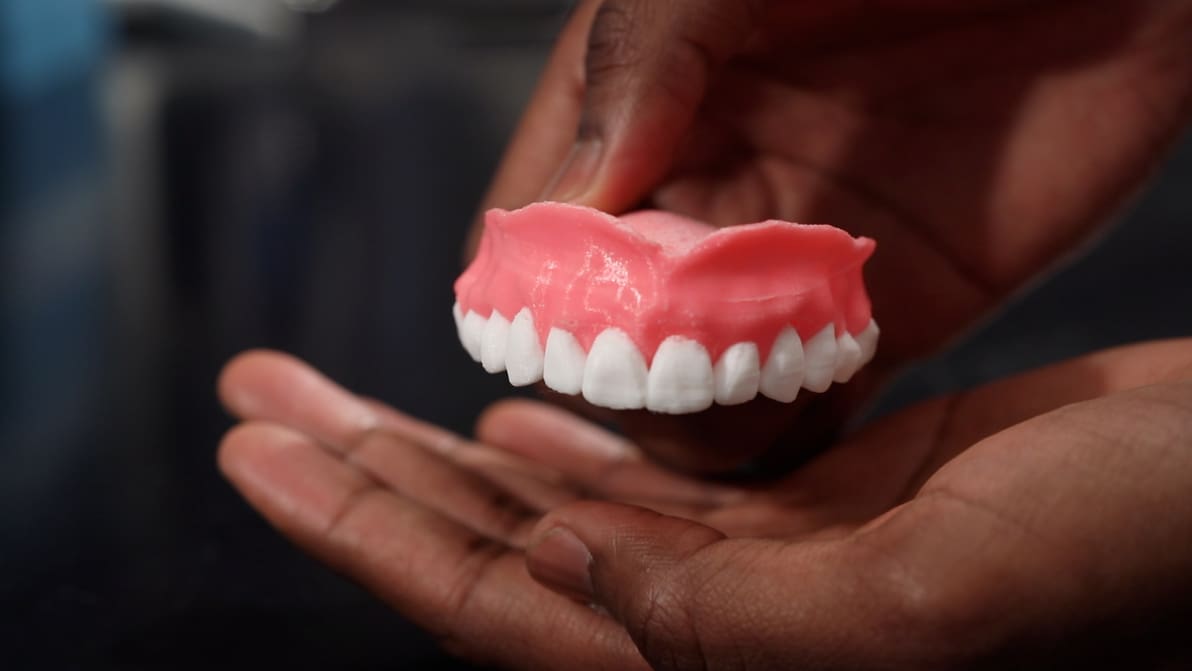
Researchers at the University of Buffalo have invented 3D printed dentures which can be used to deliver drugs among those highly susceptible to infection, such as the elderly, hospitalized or disabled patients.

Engineers at Temple University in Philadelphia take inspiration from the insect kingdom for their 3D printed surgical needle design; the stinger of the humble honeybee.
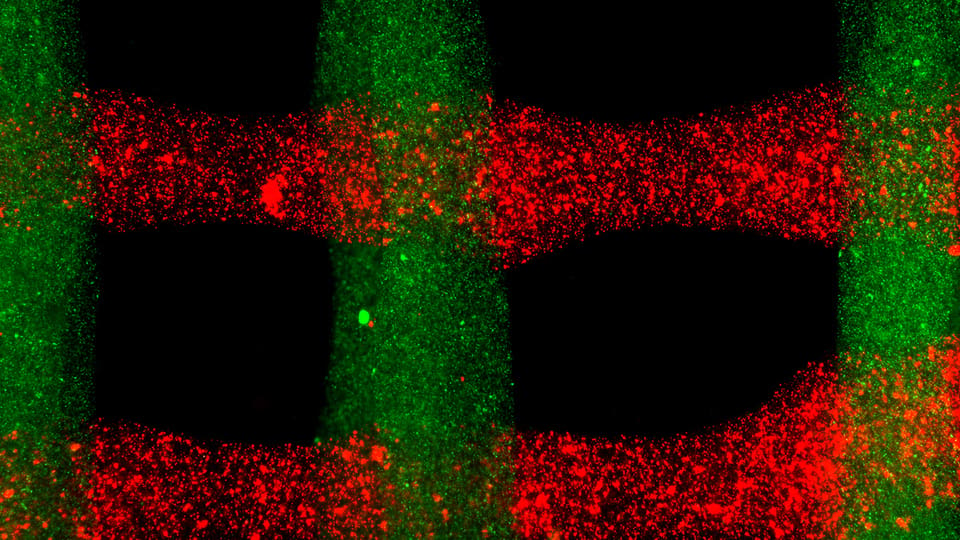
By embedding platelets into a 3D printed mixture of cells and gel, a team of researchers at the University of Nebraska-Lincoln hope to improve the healing properties of tissue implants and skin grafts with printable body tissue.
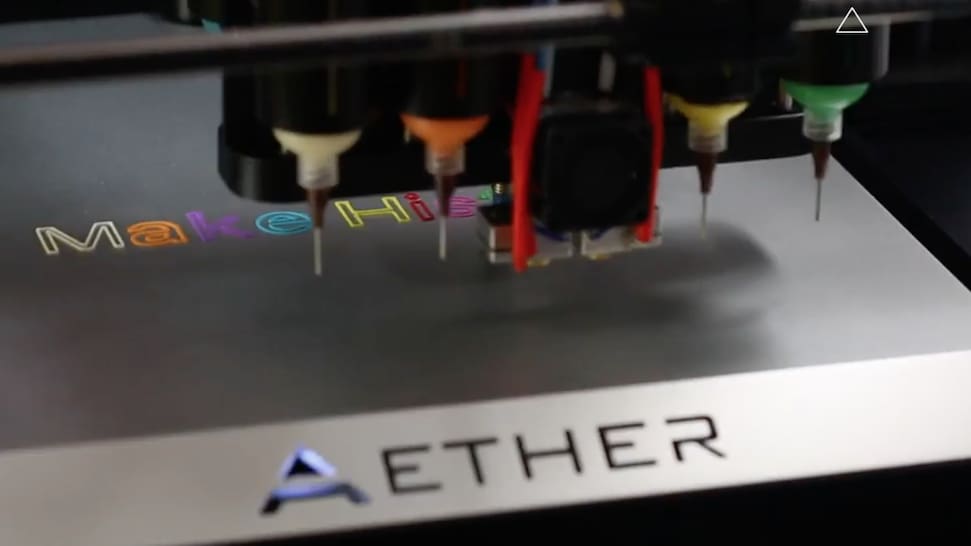
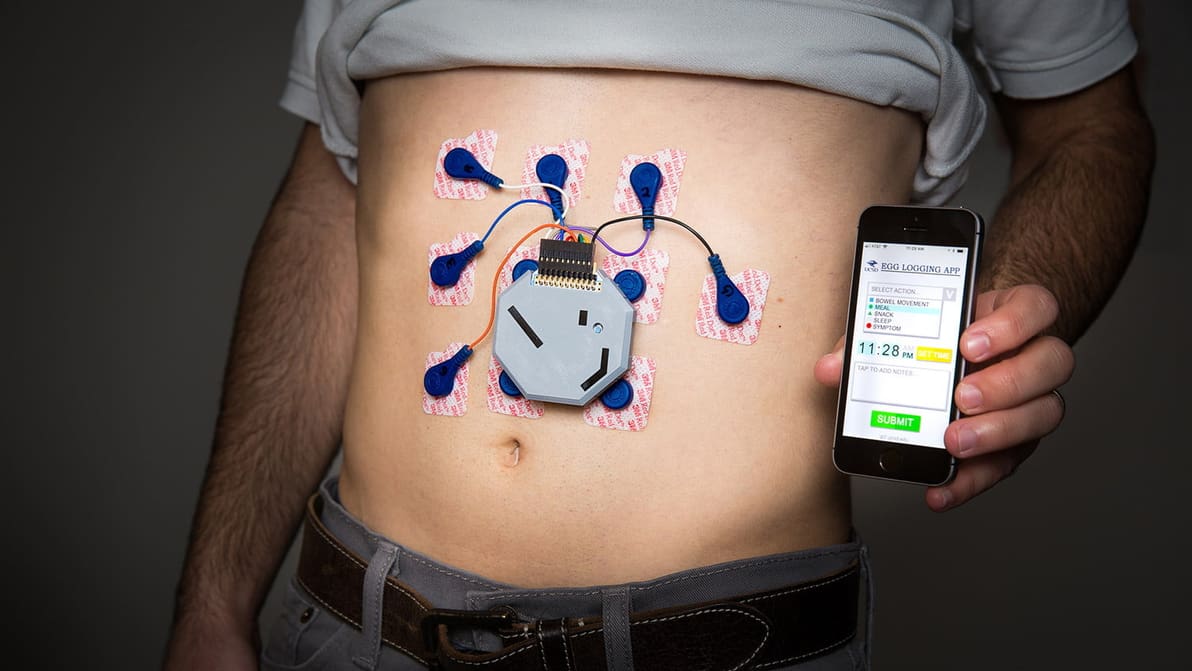
Scientists at UC San Diego create a 3D printed wearable to monitor stomach activity throughout the day, replacing the need for invasive probes.
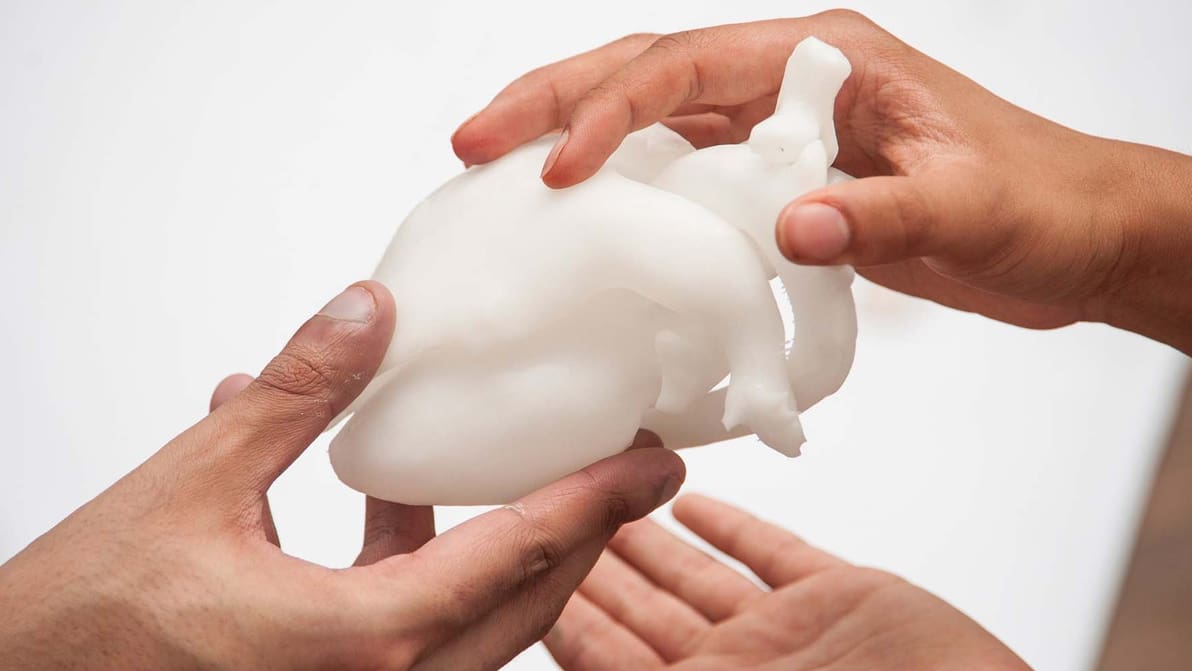
Combining medically accurate models with allegorical artworks, new exhibition "The Heart of the Matter" takes a closer look at the complexity -- and beauty -- of the human heart using 3D printed sculptures.

A trio of surgeons at a trauma hospital in the Netherlands, the ETZ, are demonstrating how 3D printing can help improve surgical diagnosis, operation time, and overall patient care.
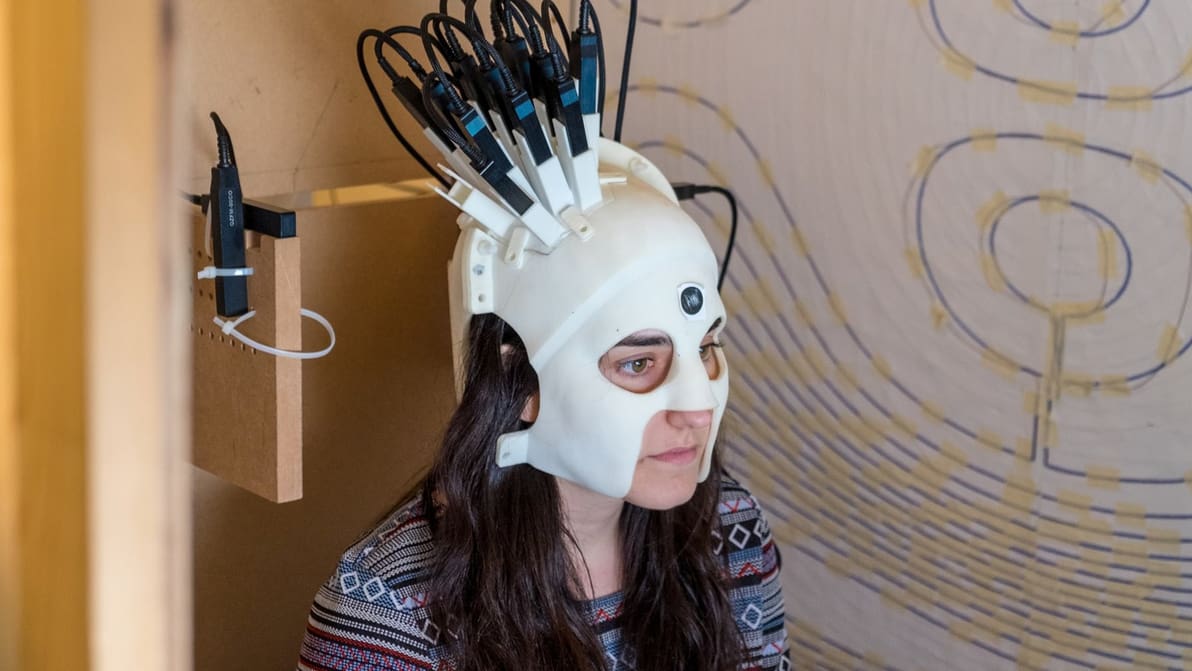
Researchers from the UK developed a revolutionary 3D printed brain scanner which is effective even when a patient is moving - whether the movement is as simple as nodding their head or as active as playing ping-pong.

Materialise is the world's first additive manufacturing company to receive FDA clearance for diagnostic 3D printed anatomical models. FDA clearance supports the continued growth of point-of-care 3D printing facilities.
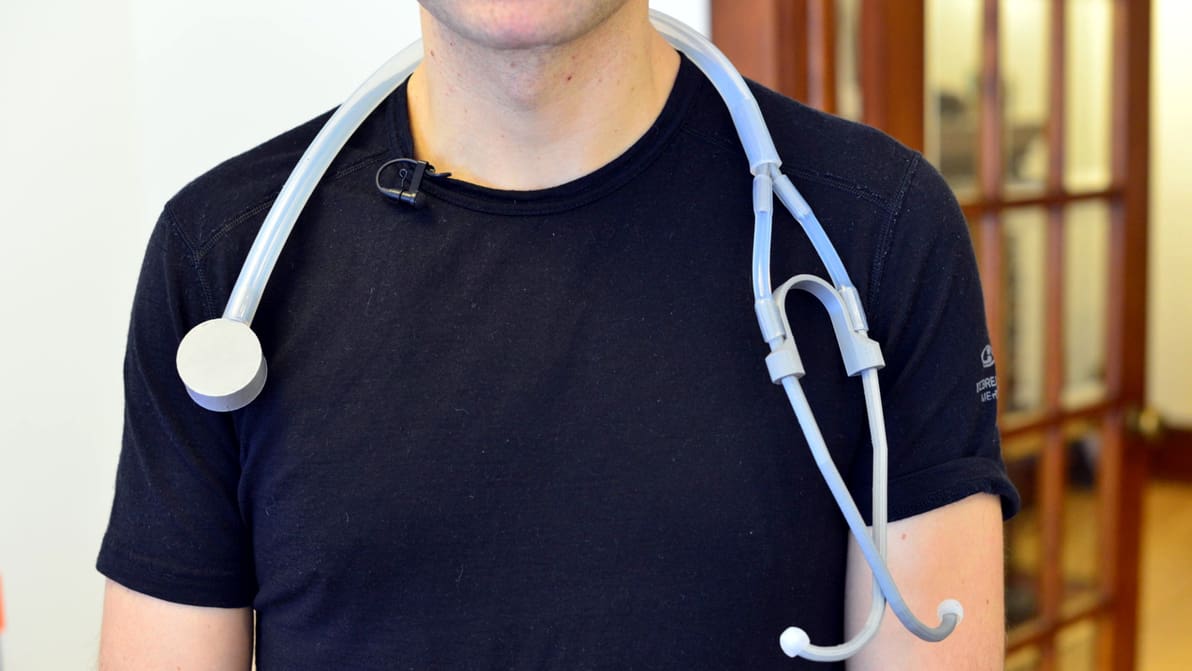
Dr. Tarek Loubani developed a 3D printed stethoscope which can be made using recycled plastic in 3 hours for just $3. The device is especially useful in low-income countries which have little access to diagnostic tools.

Scientists from Manchester, UK are using 3D bioprinting to investigate and better understand the brain's neurovascular unit (NVU) which will hopefully lead to improved treatments for neurodegenerative diseases.
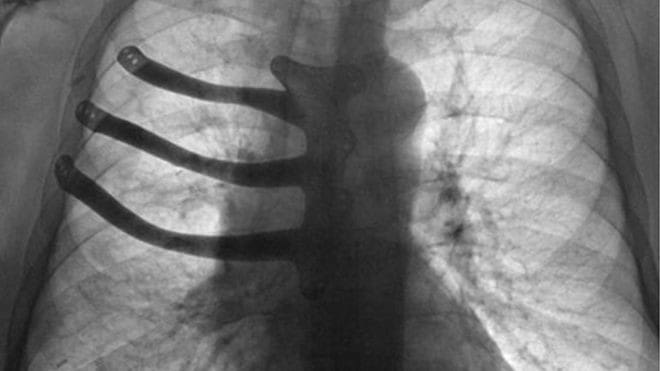
Surgeons in Wales used a 3D printed titanium implant to rebuild the chest of a 70-year-old man after a cancer removal operation which took three ribs and part of his breastbone.
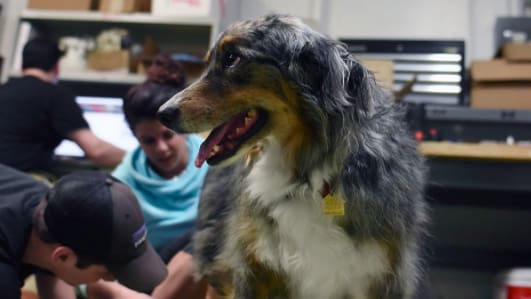
Tucker, a five-year-old Australian sheep dog, can run on four feet again thanks to a 3D printed prosthetic paw. The hope is that the paw prosthetic will improve Tucker's mobility and his quality of life.
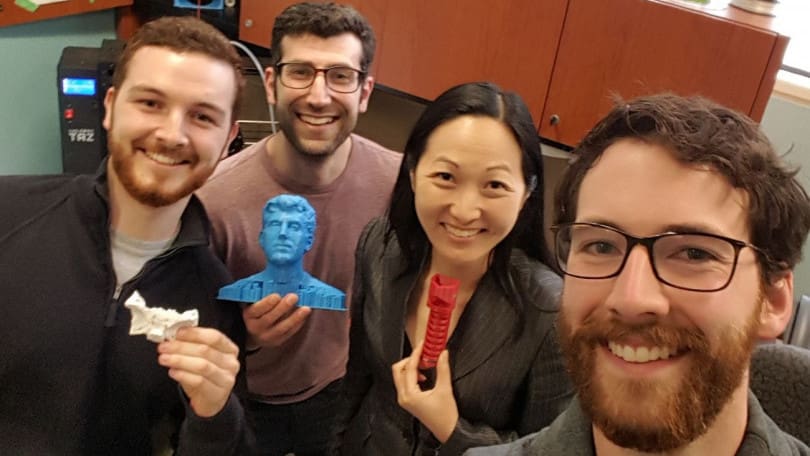
MUN MED 3D is the first 3D printing biomedical laboratory housed at the Health Science Centre in St. John’s, Newfoundland and Labrador, Canada. Its founders have some tips for how others can create their own.
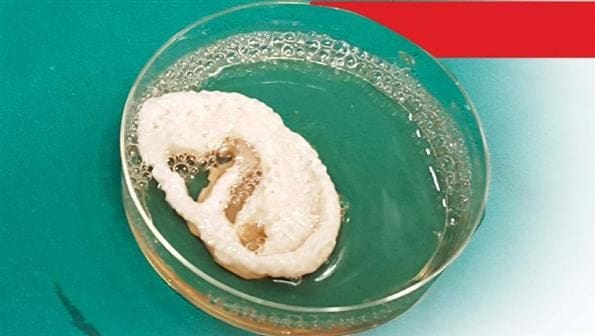
Doctors in Chennai, India are working on 3D printing transplantable ears. They've recently been successful in growing ear cartilage in a culture flask and proving it continues to grow once implanted in rabbits.
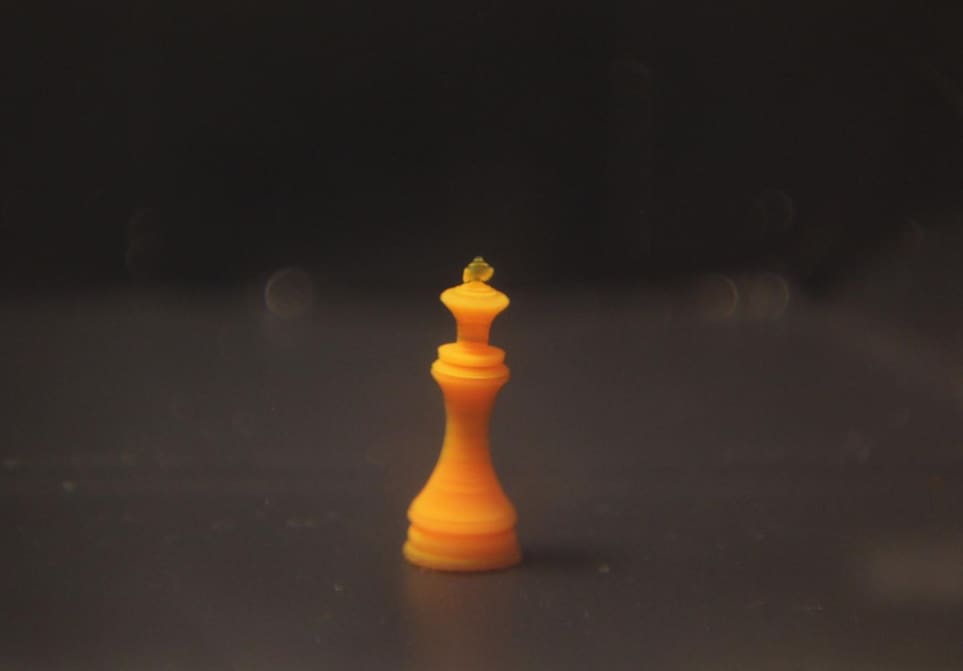
Engineers at Rutgers, the state university of New Jersey, and the New Jersey Institute of Technology have developed a 4D printing method which may find application in tissue engineering and targeted drug delivery systems.
